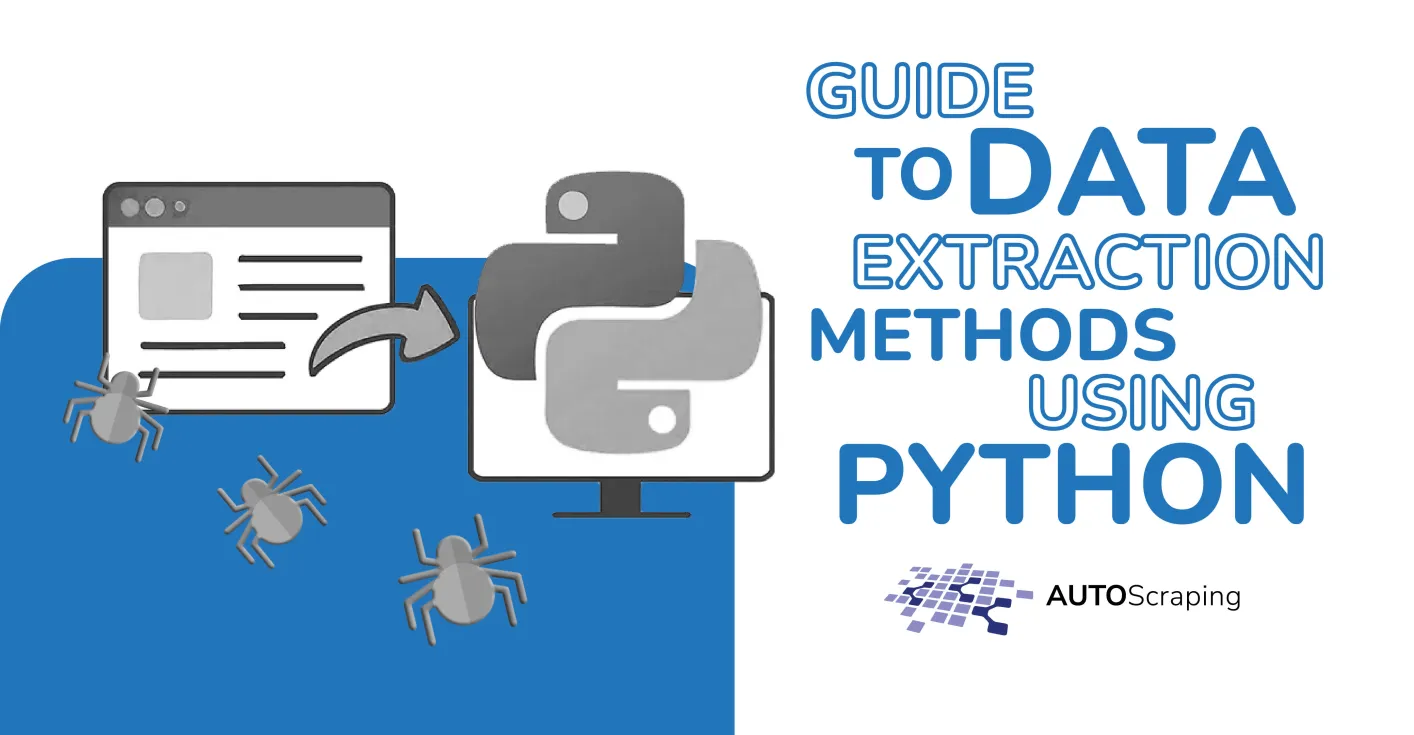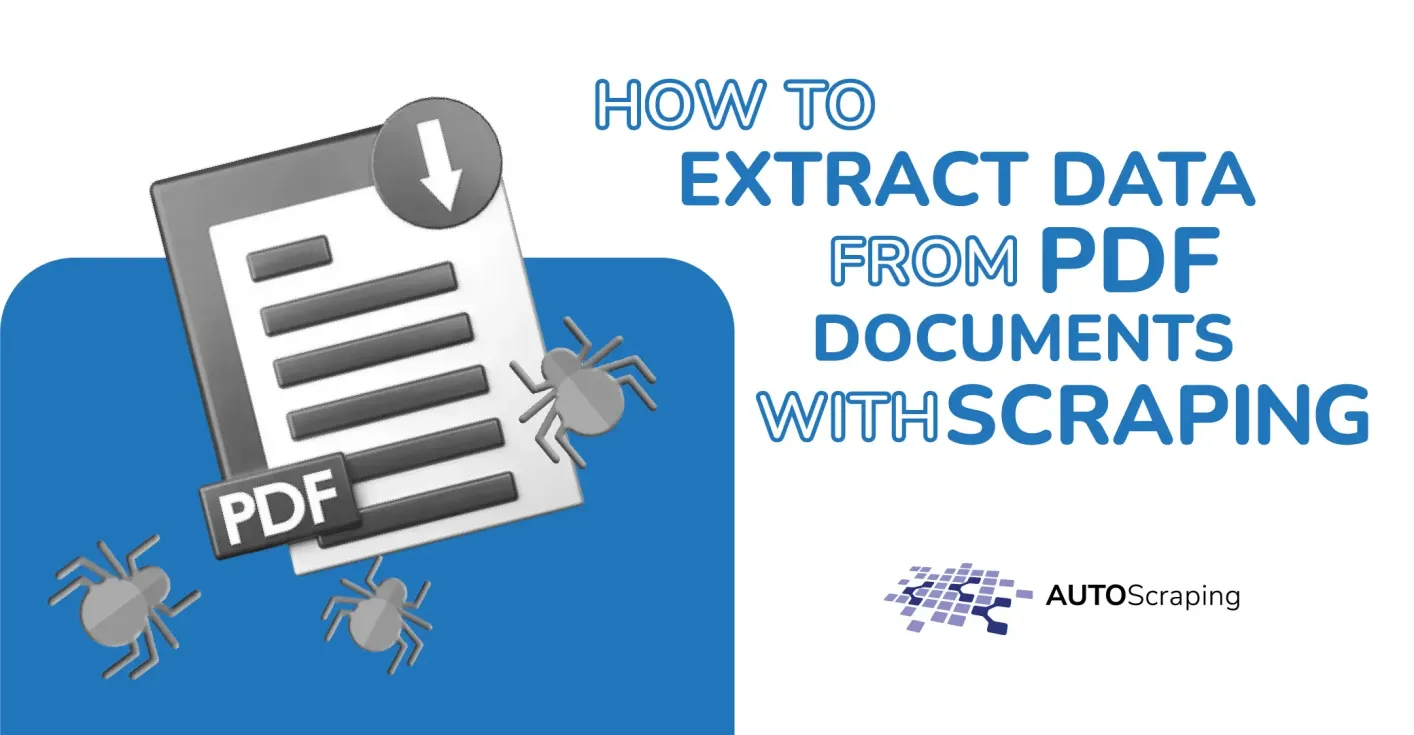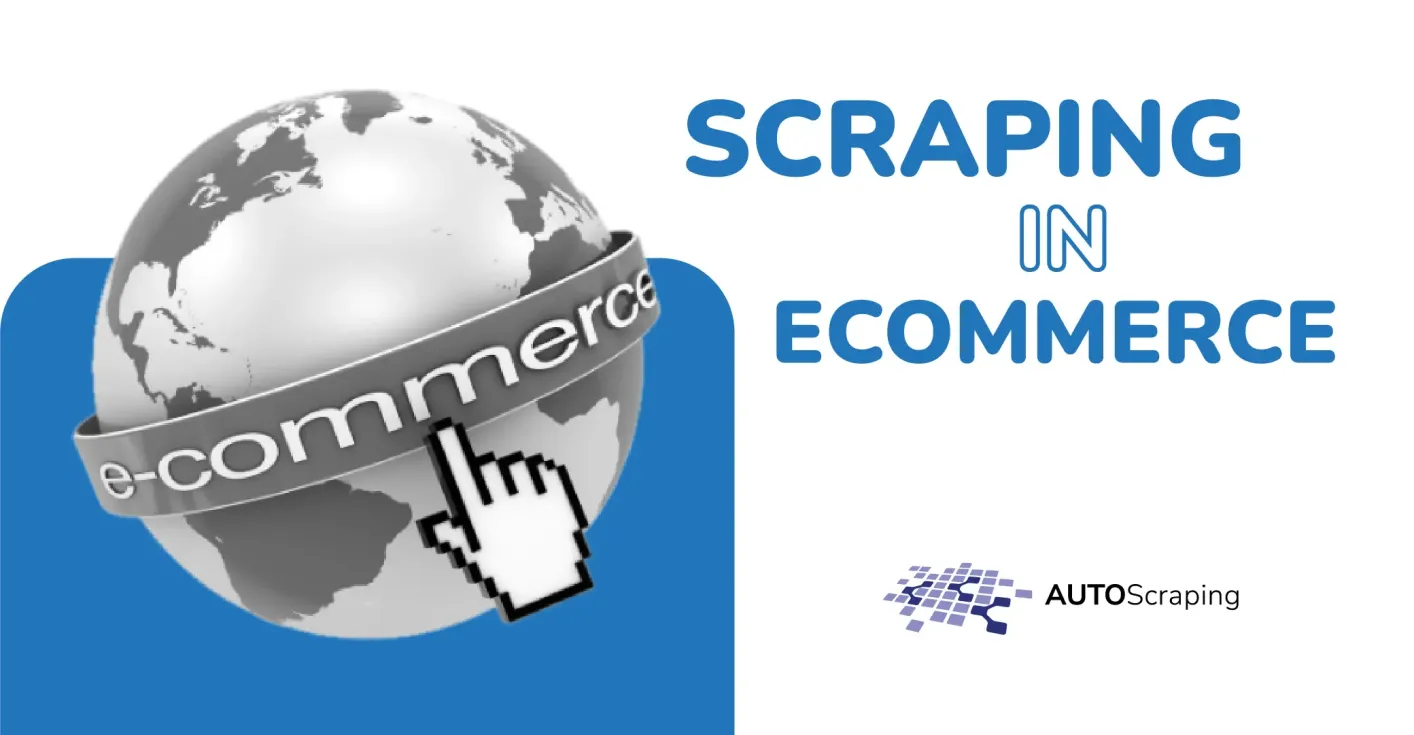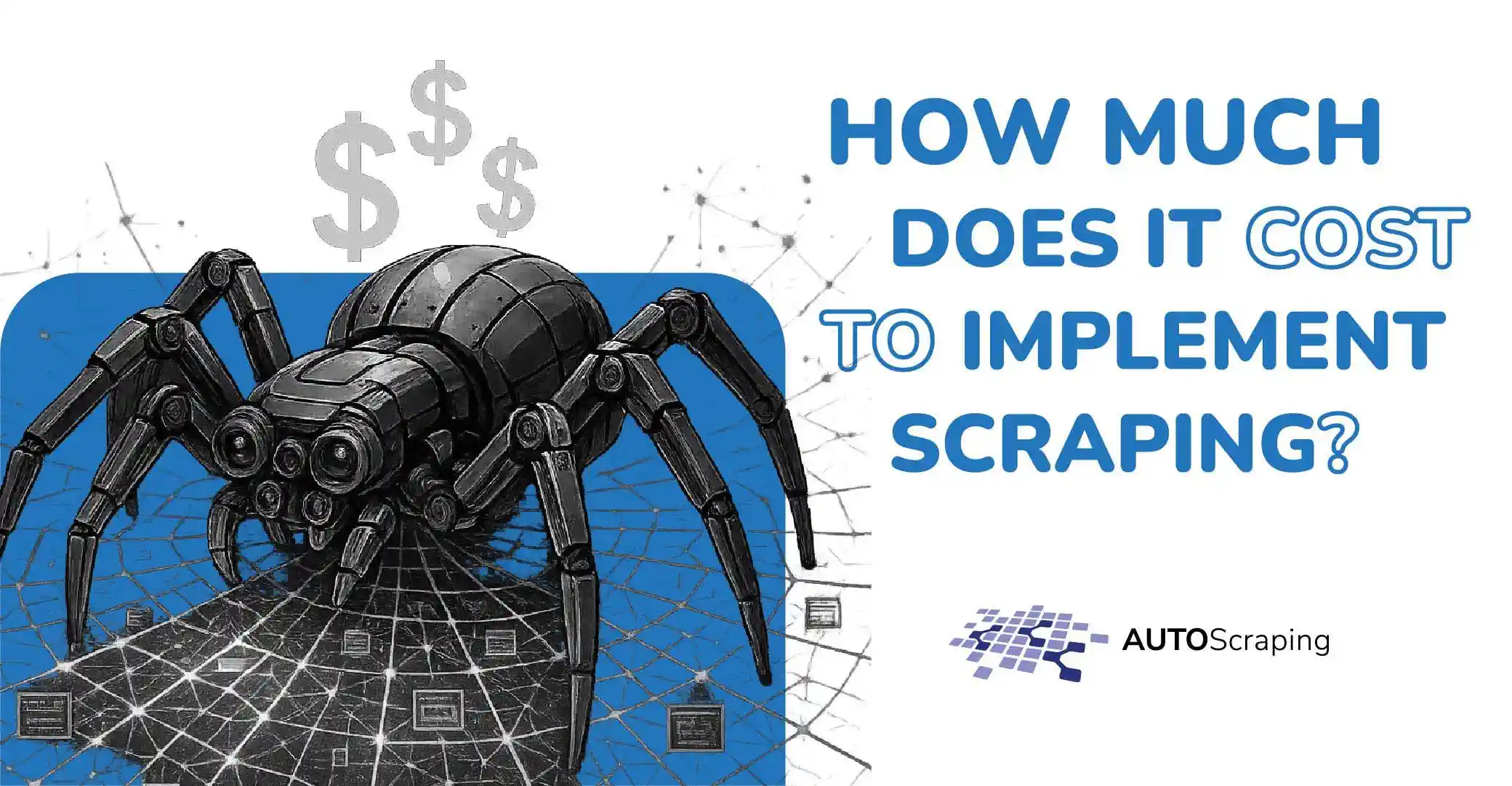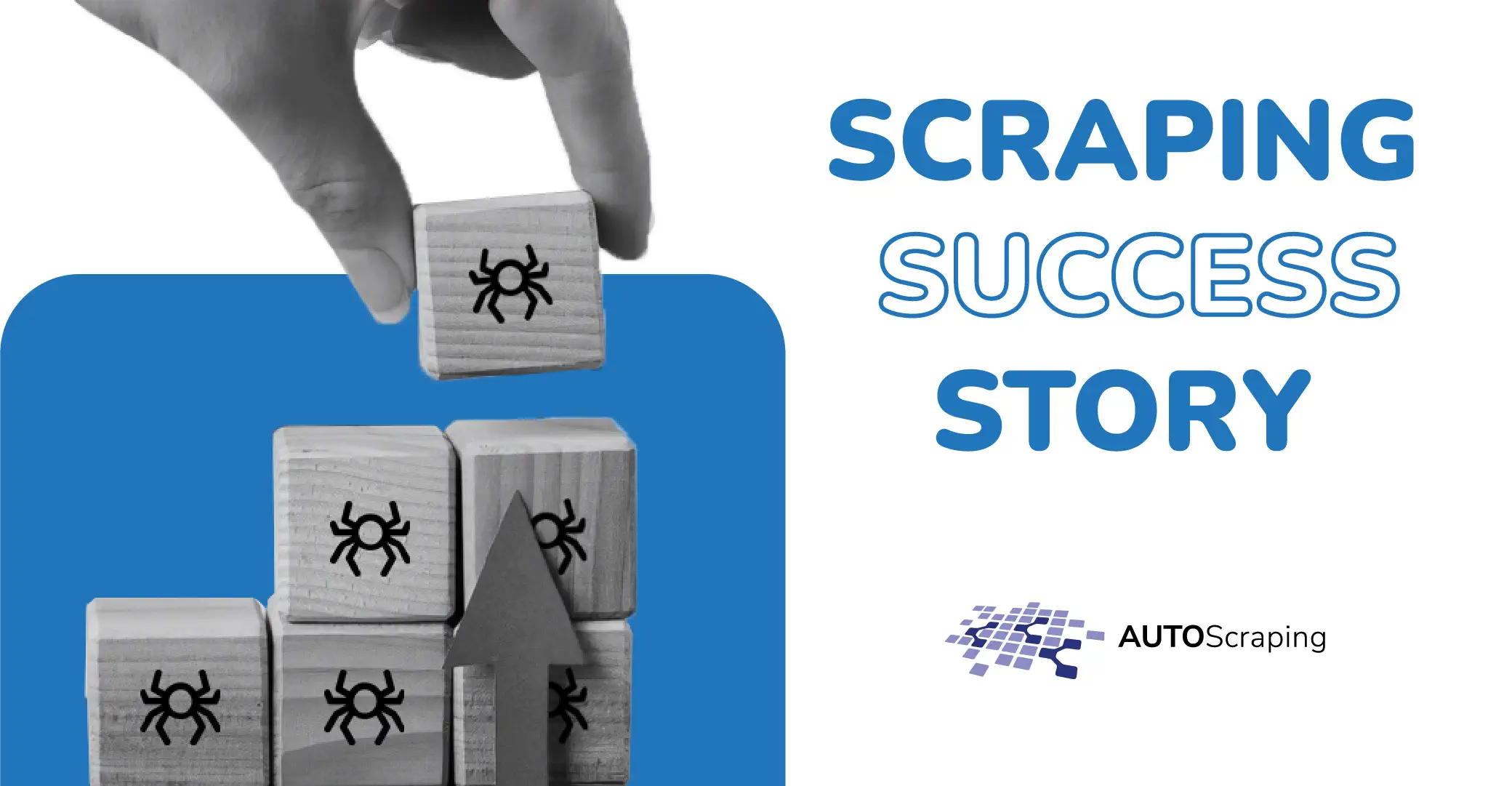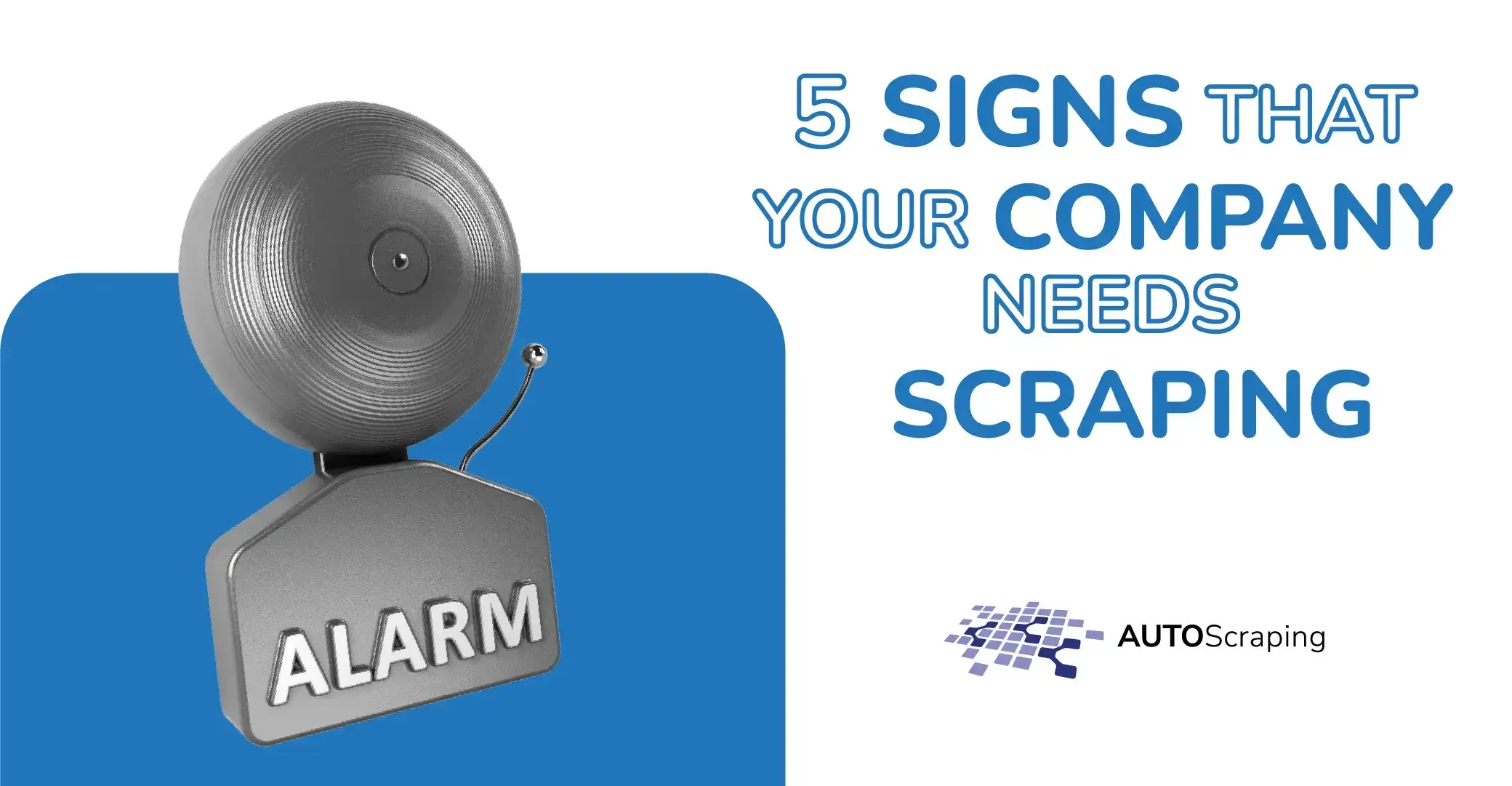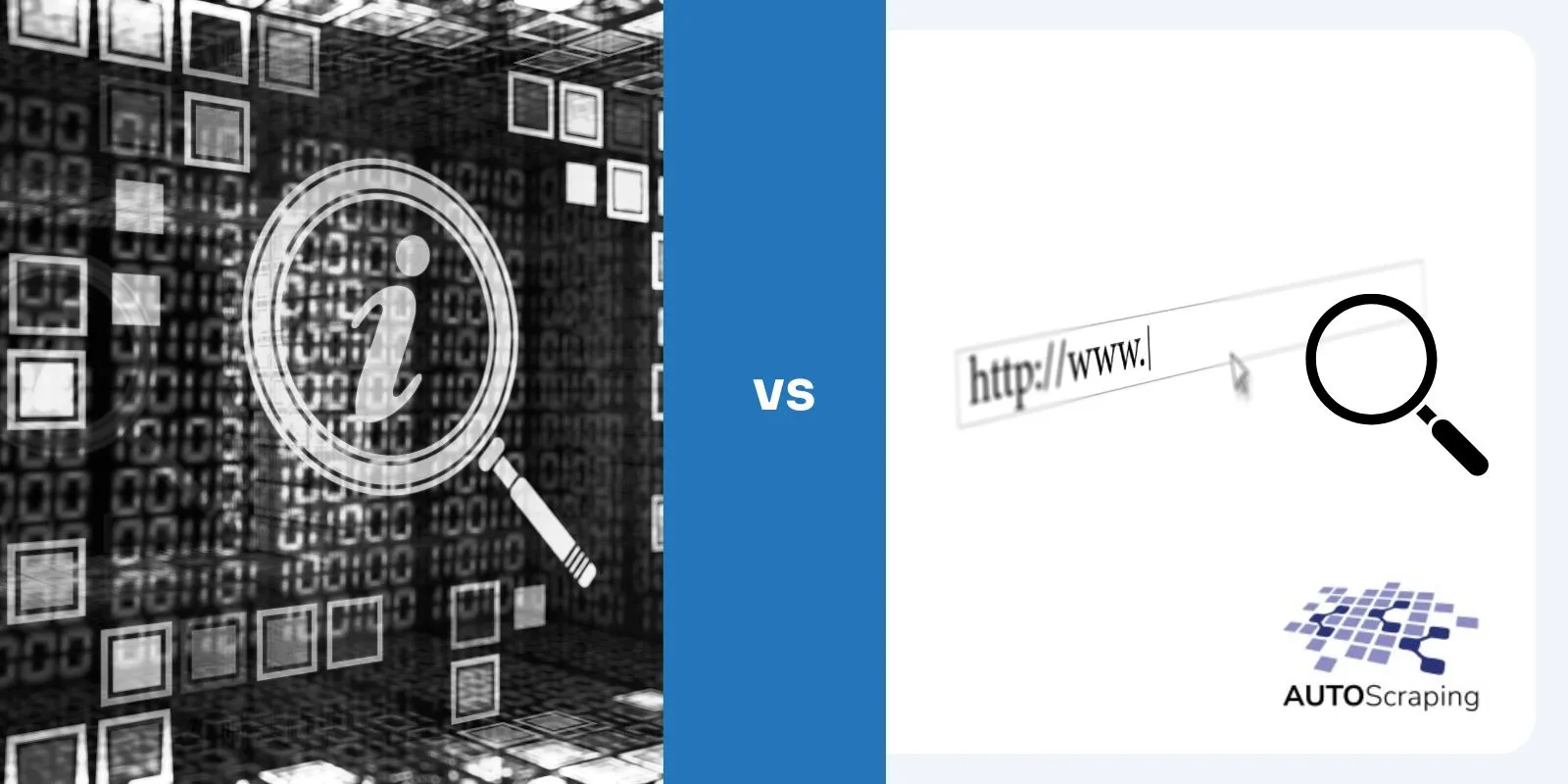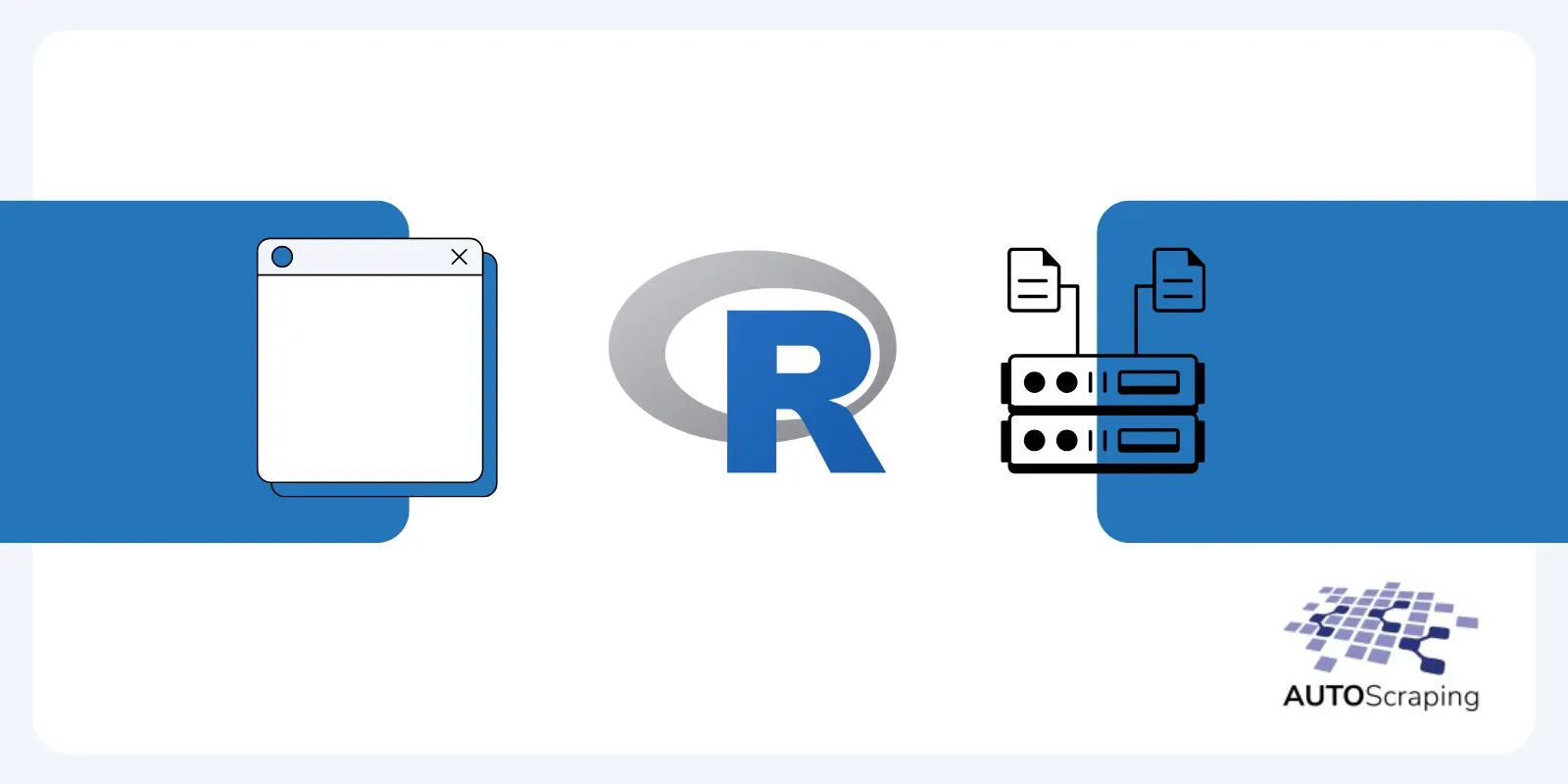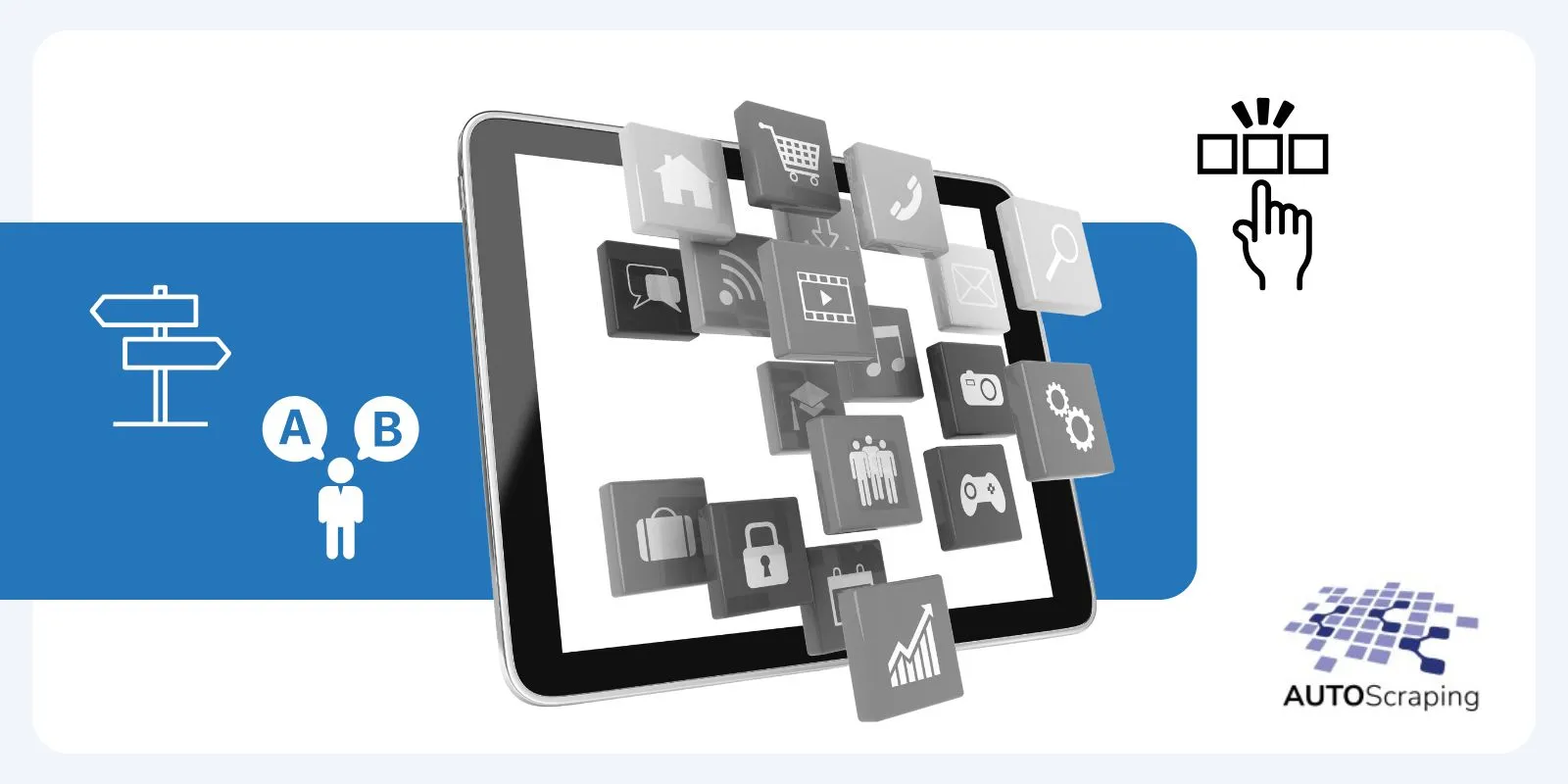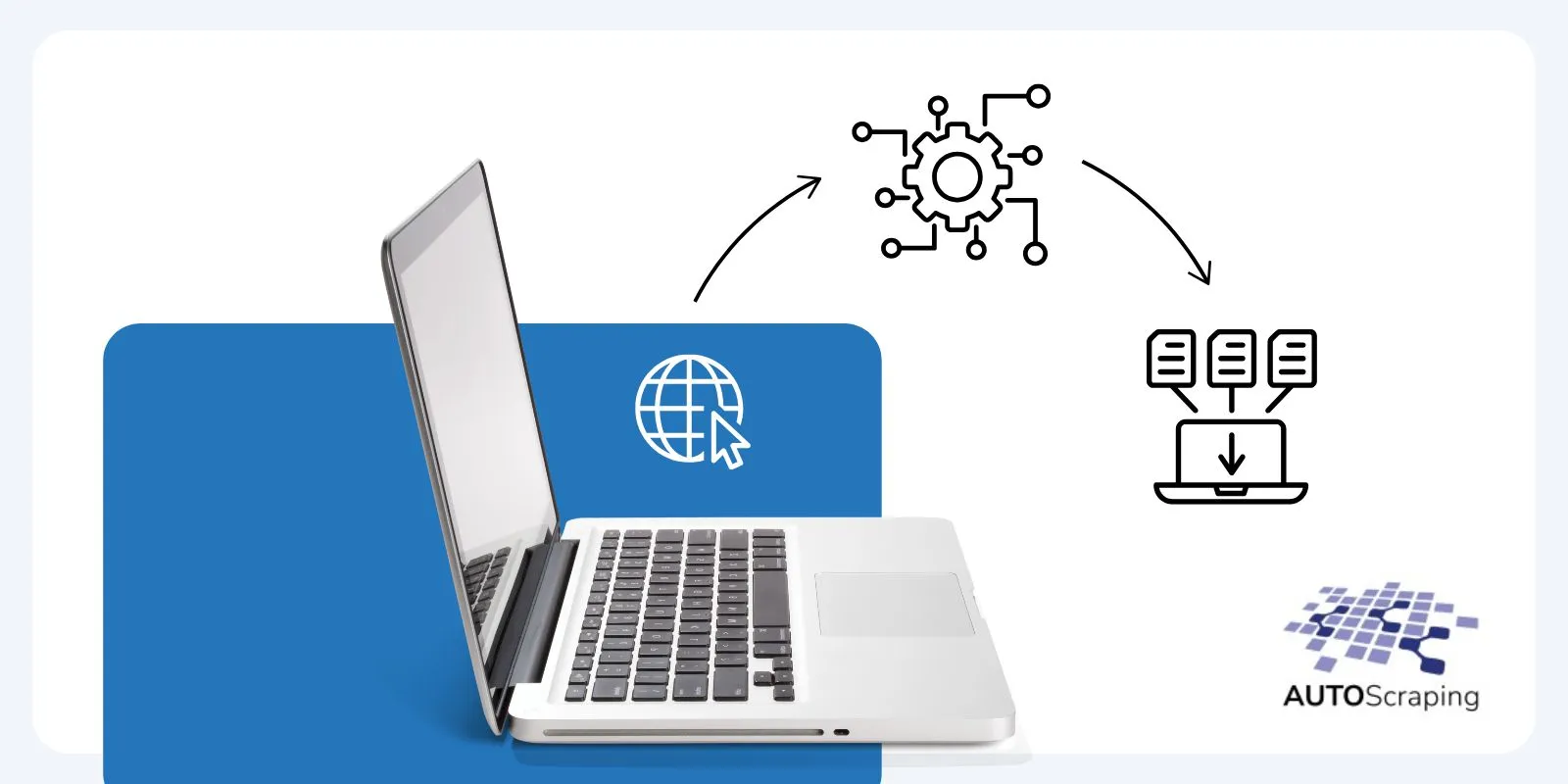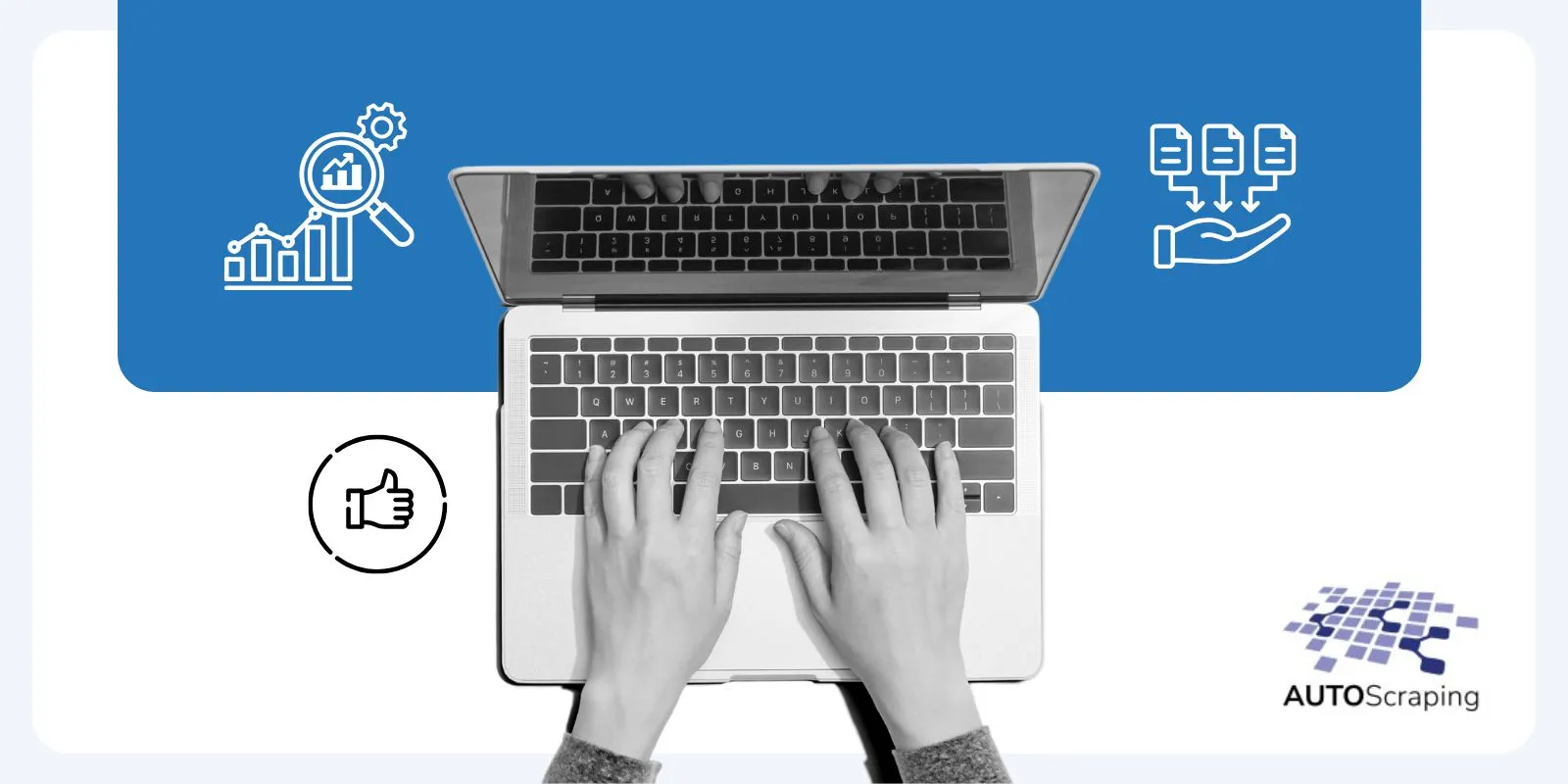Web scraping, when executed with technical precision, empowers businesses to harness the wealth of data available on the web.
Stop manually extracting needed PDF files form websites and start letting the automation software do the hard part
In the intricate realm of data acquisition, web scraping stands out as a technical prowess, enabling businesses to extract valuable insights from the vast digital landscape. In this guide, we’ll embark on a technical journey, delineating a company’s step-by-step process to execute web scraping on a target website for strategic gains.
Demystifying the Web Scraping Process
Identifying the Target
- Begin by clearly defining the objectives of web scraping. Pinpoint the data elements, file types, or structures crucial to your business strategy.
Selecting the Right Tools
- Based on the complexity of the target website, choose a suitable web scraping tool or library. Popular choices include BeautifulSoup, Scrapy, and Selenium. Evaluate their capabilities and compatibility with the website’s structure.
Understanding Website Structure
- Conduct a thorough analysis of the target website’s structure, identifying HTML elements, classes, and tags that contain the desired data. This step is critical for crafting precise scraping scripts.
Crafting Scraping Scripts
- Develop scraping scripts using the chosen tool or library. Utilize programming languages like Python to ensure the scripts are optimized for efficiency and can handle potential website structure changes.
Handling Dynamic Content
- If the website incorporates dynamic content loaded through JavaScript, consider using tools like Selenium to interact with the page in a browser-like environment, ensuring comprehensive data retrieval.
Implementing Rate Limiting
- Introduce rate-limiting mechanisms in your scraping scripts to avoid overloading the target server. This ensures a respectful and sustainable scraping process, minimizing the risk of IP blocks or disruptions.
Error Handling and Monitoring
- Implement robust error-handling mechanisms to address network errors or website structure changes. Establish a monitoring system to track the scraping process and detect anomalies.
Respecting Robots.txt and Legal Compliance
- Check the website’s robots.txt file to understand scraping permissions and restrictions. To maintain a positive relationship, ensure compliance with legal and ethical standards, and respect the website’s terms of service.
Data Storage and Analysis
- Decide on an appropriate storage solution for the scraped data, whether a database, CSV files, or other formats. Implement data analysis processes to derive actionable insights from the acquired information.
Conclusion
Web scraping, when executed with technical precision, empowers businesses to harness the wealth of data available on the web. By following these systematic steps, companies can navigate the complexities of web scraping, extracting targeted information to inform strategic decisions and gain a competitive edge in their respective industries.


